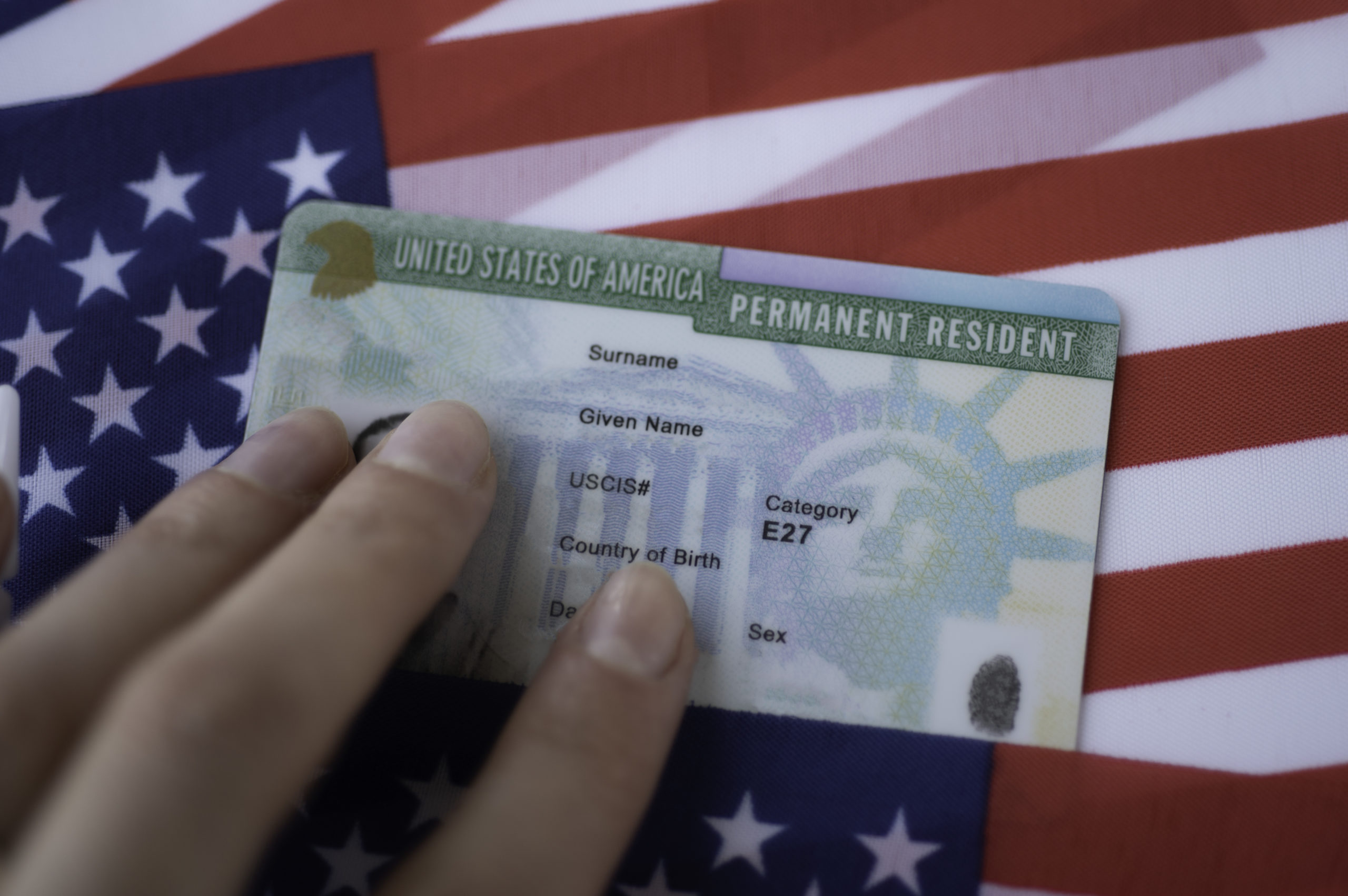Imagine scrolling through your feed and stumbling upon a gripping tale of romance, betrayal, or revenge that unfolds in under a minute. That's the magic of short dramas—bite-sized stories that hook viewers instantly and keep them coming back for more. In 2025, this format isn't just a trend; it's a global phenomenon reshaping entertainment. With platforms like ReelShort and DramaBox racking up millions of downloads, the short drama market is exploding, projected to surpass $3 billion worldwide this year. But as creators eye international expansion, one question looms large: how do you localize these high-octane, info-packed episodes to resonate across cultures without losing their punch? Let's dive into the challenges and smart strategies that can turn a local hit into a worldwide sensation.
The Explosive Rise of Short Dramas: A Market on Fire
Short dramas, those addictive vertical videos clocking in at 60 seconds or less per episode, have surged from niche Asian content to a staple on social media and dedicated apps. Originating in China, where the industry hit a staggering RMB 63.4 billion (about $8.7 billion) by mid-2025 with nearly 7 million users, the format has gone viral globally. In the U.S. alone, short drama apps accounted for roughly 50% of all downloads in the category year-to-date, fueled by apps like those from Chinese studios adapting tales for Western tastes.
The numbers tell an even bigger story. Global micro-drama app revenue from in-app purchases soared to $1.08 billion in the first half of 2025, alongside 665 million downloads—a clear sign of insatiable demand. Overall, the short drama platform market grew from $6.54 billion in 2024 to $7.21 billion this year, with analysts forecasting a 10.5% compound annual growth rate through 2030. This boom is driven by Gen Z and millennials, who crave quick, emotionally charged content amid shrinking attention spans. As one industry report notes, short-form drama downloads grew by double digits in regions like Southeast Asia and Latin America in Q1 2025, proving the format's universal appeal.
Yet, this rapid expansion brings a catch: to truly capture a global audience, localization isn't optional—it's essential. Without it, even the most thrilling plot twist risks falling flat in translation.
Navigating Localization Hurdles in Fast-Paced Short Dramas
What makes short dramas so captivating also poses unique headaches for localization. These aren't leisurely films with room for nuance; they're high-speed rollercoasters packed with dense dialogue, rapid cuts, and cultural Easter eggs that demand split-second comprehension. In a 60-second episode, every word counts, and viewers expect subtitles or dubbing to match the frenzy without overwhelming the screen.
One major challenge is the sheer pace. Fast-paced scenes—think heated arguments or chase sequences—leave little breathing room for subtitles. Traditional translations often result in walls of text that's impossible to read in real-time, leading to viewer drop-off. Studies show that in short-form content, subtitle readability drops by up to 40% in action-heavy segments if not optimized, frustrating audiences who binge-watch on mobile devices.
Cultural adaptation adds another layer. Short dramas thrive on idioms, humor, and tropes that don't always translate directly. A cheeky Chinese proverb might land as confusing jargon in Spanish, or a revenge plot rooted in family honor could clash with individualistic Western values. AI tools, while speedy, often stumble on emotional subtleties or idiomatic expressions, potentially alienating viewers. As one localization expert points out, rebuilding the storytelling for each market isn't just about words—it's about recapturing the emotional intensity that hooks fans in the first place.
Moreover, dubbing lip-sync in these micro-stories is a nightmare. With actors' mouths moving at breakneck speed, mismatches can pull viewers out of the immersion, especially in romance-heavy genres where chemistry is key. In emerging markets like India or Brazil, where dubbing is preferred over subtitles, these issues amplify, as audiences expect seamless, natural-sounding voices that feel local.
Smart Solutions: Streamlining Localization for Short-Form Success
The good news? Innovative tools and strategies are rising to meet these demands, blending technology with human insight to make short drama localization faster and more effective. The goal is to preserve the format's energy while making it feel native to every viewer.
Start with refined subtitles: Instead of literal translations, opt for concise, culturally attuned phrasing that fits on-screen without clutter. For instance, condensing a five-word English line into three punchy Spanish words keeps the rhythm intact. Tools like AI-powered subtitle generators can automate this, ensuring fonts are legible on small screens and timing syncs perfectly with dialogue bursts. This approach has boosted engagement by 25% in localized short videos, according to platform analytics.
AI-assisted dubbing is another game-changer. Modern platforms use neural networks for voice cloning and lip-sync, creating natural-sounding dubs in seconds rather than days. Services like those from Vimeo or Rask.ai handle everything from accent adaptation to emotional inflection, allowing creators to dub into dozens of languages affordably. For short dramas, this means turning a Mandarin original into a dubbed Hindi version that feels authentically Bollywood-inspired, without the high costs of traditional studios. Hybrid models—AI for the heavy lifting, followed by human reviewers for cultural tweaks—address AI's blind spots, ensuring idioms land with local flair.
Beyond tech, strategic localization involves audience testing. Pilot episodes in target markets can reveal what resonates, like swapping urban revenge arcs for family-centric plots in conservative regions. And for scalability, partnering with experts who specialize in video and short drama localization can streamline the process. Take Artlangs Translation, a veteran in the field with over a decade of experience mastering more than 230 languages. They've honed their craft in video localization, short drama subtitles, and even game adaptations, delivering standout cases like culturally nuanced dubs for viral Chinese series that exploded in Latin America and Europe. Their teams blend AI efficiency with deep cultural knowledge, proving that thoughtful localization isn't just about words—it's about building emotional bridges that keep global viewers hooked episode after episode.
Real-World Wins: Why Localization Pays Off
Consider ReelShort's pivot: By localizing hits like "The Double Life of My Billionaire Husband" with tailored subtitles and dubs, they saw U.S. downloads skyrocket, capturing a slice of that 50% market share. Or DramaBox, which used AI dubbing to expand into Southeast Asia, resulting in a 95% month-over-month download surge in key apps. These successes underscore a simple truth: in the short drama arena, localization isn't an add-on—it's the accelerator for global growth.
Seizing the Moment: Your Path to a Borderless Audience
As the short drama boom charges ahead, ignoring localization means leaving billions on the table. By tackling the fast-paced challenges head-on with refined subtitles, AI dubbing, and expert partnerships, creators can craft stories that transcend borders in mere seconds. Whether you're a studio exec or an indie producer, start small: test a localized pilot and watch the engagement soar. In a world craving instant thrills, the right localization strategy isn't just smart—it's your ticket to captivating hearts worldwide. Ready to dub your way to global stardom? The clock's ticking.# The Short Drama Boom: How to Capture a Global Audience in 60 Seconds with Localization
Imagine scrolling through your feed late at night, only to get sucked into a whirlwind romance or a pulse-pounding thriller that wraps up in under a minute. That's the magic of short dramas—bite-sized stories that pack an emotional punch without demanding your whole evening. Born in China and exploding worldwide, these vertical-screen gems are reshaping entertainment. But as creators eye global domination, localization isn't just a nice-to-have; it's the secret sauce for turning viral clips into cultural phenomena. In this piece, we'll dive into why short dramas are booming, the tricky hurdles they throw at translators, and smart fixes that keep the momentum alive across borders.
The Explosive Growth of Short Dramas: A Market on Fire
Short dramas aren't just a trend; they're a tidal wave. Picture this: in the first half of 2025 alone, global micro-drama apps raked in $1.08 billion from in-app purchases, with a staggering 665 million downloads. That's a massive leap from Q1 2024's $178 million in revenue, surging to nearly $700 million by Q1 2025. The overall short drama platform market? It jumped from $6.54 billion in 2024 to $7.21 billion this year, with projections holding steady at a 10.5% CAGR through 2030.
This isn't hype—it's driven by our snackable attention spans. Platforms like ReelShort and DramaBox are leading the charge, especially in the U.S. and Southeast Asia, where downloads spiked over 200% year-over-year in early 2025. Advertisers are piling in too, with over 300 global brands spending aggressively on hyper-targeted campaigns in the first half of the year—a 53.9% increase from last year. For creators, this means opportunity: low production costs (as little as $1,100 per episode) paired with sky-high engagement. But to truly cash in, you need to go global, and that's where localization steps up.
The Localization Hurdles: When Speed Meets Cultural Nuance
Short dramas thrive on their breakneck pace—dialogue flies, plot twists land in seconds, and every frame drips with info. This high-density storytelling is gold for viewers craving quick hits, but it's a nightmare for localizers. Traditional translation methods, built for slower narratives, buckle under the pressure. Subtitles that work for a languid indie film? They overflow screens in a 60-second sprint, blocking key visuals and frustrating audiences.
Then there's the cultural minefield. A sly idiom or regional joke might slay in Shanghai but flop in São Paulo, losing that emotional spark. AI tools, while speedy, often stumble on subtleties—like turning a heartfelt confession into a robotic quip—or ignore lip-sync demands in dubbed versions. Fast cuts and overlapping lines amplify sync issues, and with info crammed into tiny time slots, one mistranslation can derail the whole arc. Research shows these pain points hit hardest in emerging markets, where 70% of viewers drop off if content feels "off" culturally. No wonder global expansion stalls for many: without nailing these, your blockbuster stays local.
Smart Fixes: Streamlining Localization Without Losing the Spark
The good news? Innovators are cracking the code, blending tech and human touch to make localization as snappy as the content itself. Start with concise subtitles: Trim the fluff ruthlessly—aim for 15-20 characters per line, prioritizing action over exposition. Tools now auto-generate these, syncing them pixel-perfect to on-screen beats, so viewers in Tokyo or Toronto stay glued without squinting.
Enter AI-assisted dubbing, the game-changer for voice work. Forget clunky voiceovers; modern AI clones accents and timings with eerie accuracy, handling lip-sync via neural networks that adjust for mouth movements in real-time. Platforms like those from GhostCut or Rask AI let you dub into 100+ languages in hours, not weeks, slashing costs by up to 80% while preserving emotional delivery. Pair it with human oversight for those cultural tweaks—say, swapping a Beijing street reference for a Mumbai market vibe—and you've got authenticity on steroids.
For even tighter control, hybrid workflows shine: AI drafts the script, pros refine for idiom flow, and A/B testing gauges audience vibes pre-launch. The result? Content that feels native, boosting retention by 40% in non-English markets, per recent streaming analytics. It's not about replacing creators—it's about empowering them to scale without compromise.
Real-World Wins: How Experts Like Artlangs Translation Are Leading the Charge
Take Artlangs Translation, a powerhouse that's been deep in the trenches of multilingual magic for years. Mastering over 230 languages, they've honed a laser focus on video localization, from short drama subtitles to full game overhauls. Their track record? Think blockbuster Chinese micro-series that conquered Latin America, where AI-dubbed episodes hit 50 million views by nailing regional slang and rhythmic pacing.
One standout case: Partnering with a rising Southeast Asian platform, Artlangs tackled a rom-com series bursting with rapid-fire banter. The challenge? Condensing high-density dialogue into Bahasa Indonesia subs that popped without overwhelming mobile screens. Using proprietary AI for initial dubs and human linguists for cultural polish, they delivered versions that spiked engagement 65% in test markets. It's this blend—tech speed plus seasoned expertise—that's earned them rave reviews and repeat gigs. If you're plotting your short drama's world tour, tapping pros like Artlangs isn't just smart; it's essential for that seamless, borderless buzz.
Wrapping It Up: Your 60-Second Path to Worldwide Fans
The short drama boom is here to stay, promising creators a goldmine if they play it right. But in a world of fleeting scrolls, localization is the bridge to billions—turning a local hit into a global obsession. By confronting those fast-paced pitfalls head-on with refined subs, AI dubs, and expert guidance, you're not just translating words; you're exporting heartbeats.
Ready to launch? Audit your next project for these tweaks, and consider specialists who've cracked the code. The clock's ticking—make every second count, and watch your audience explode. What's your first move?











